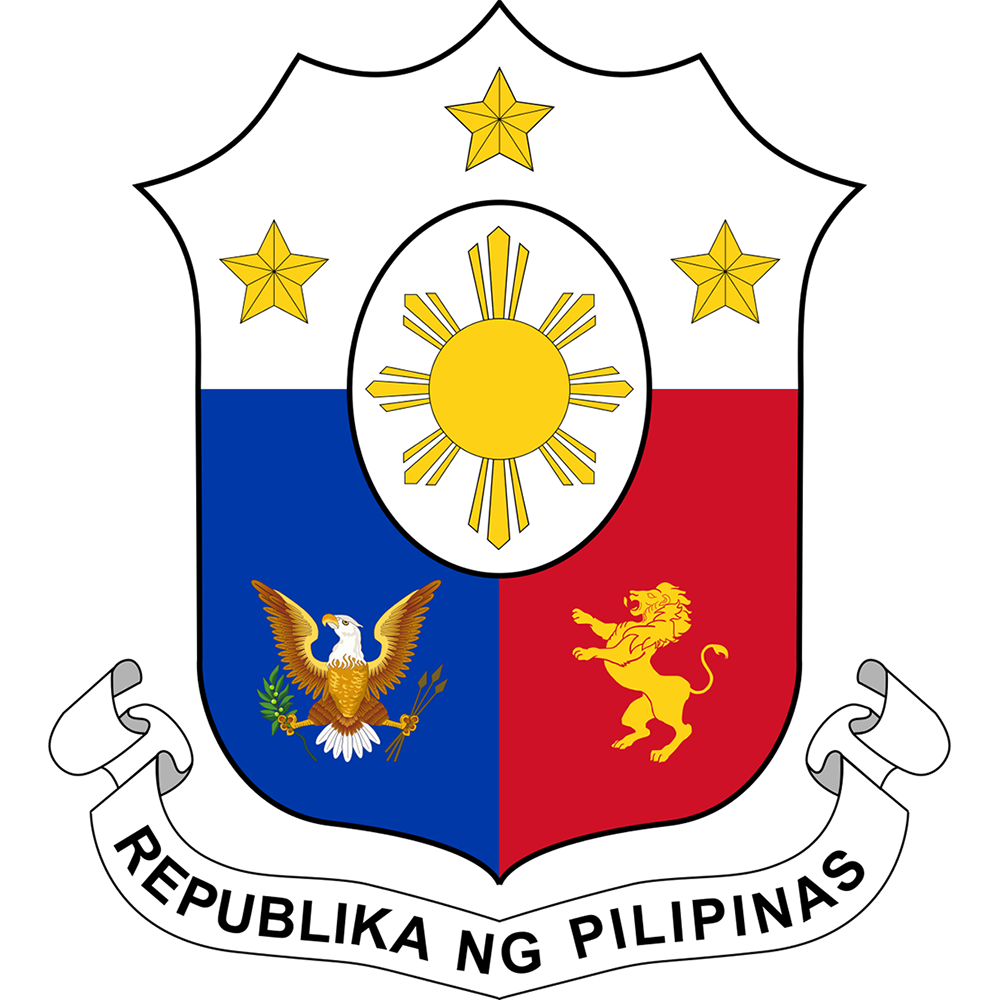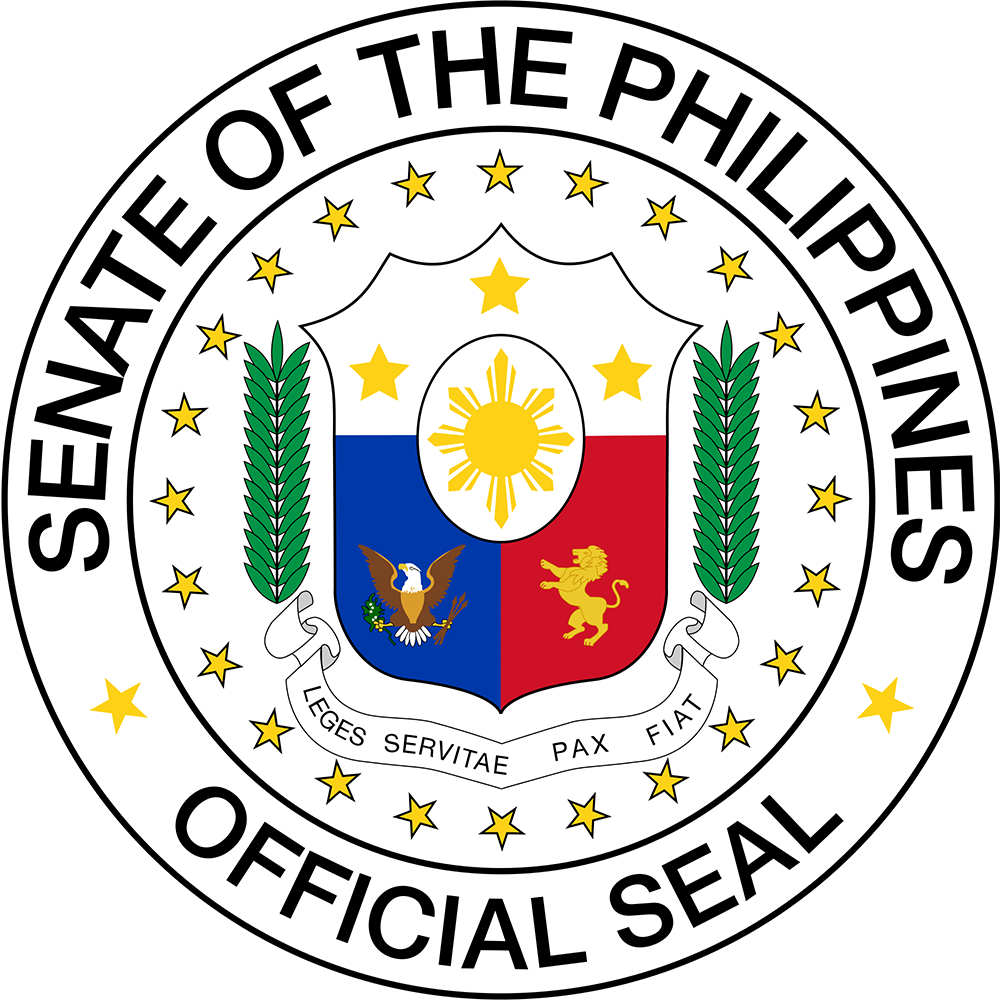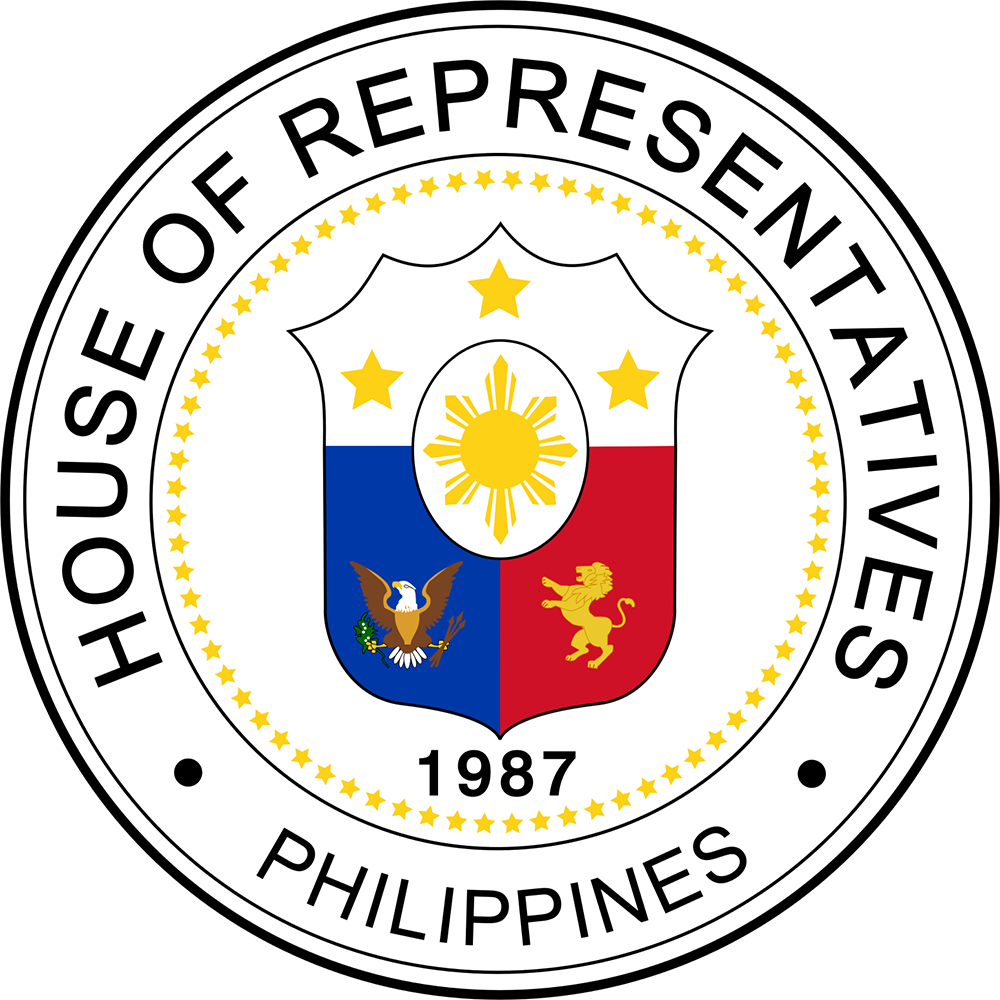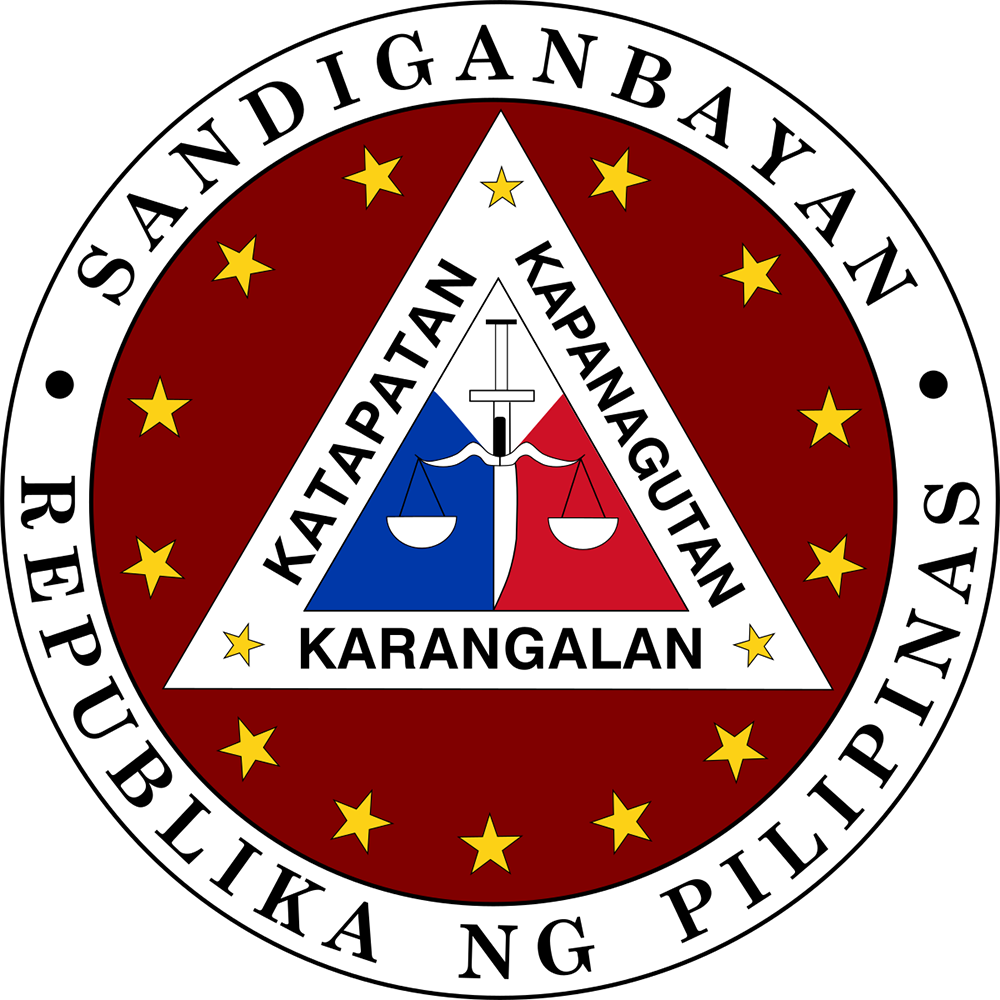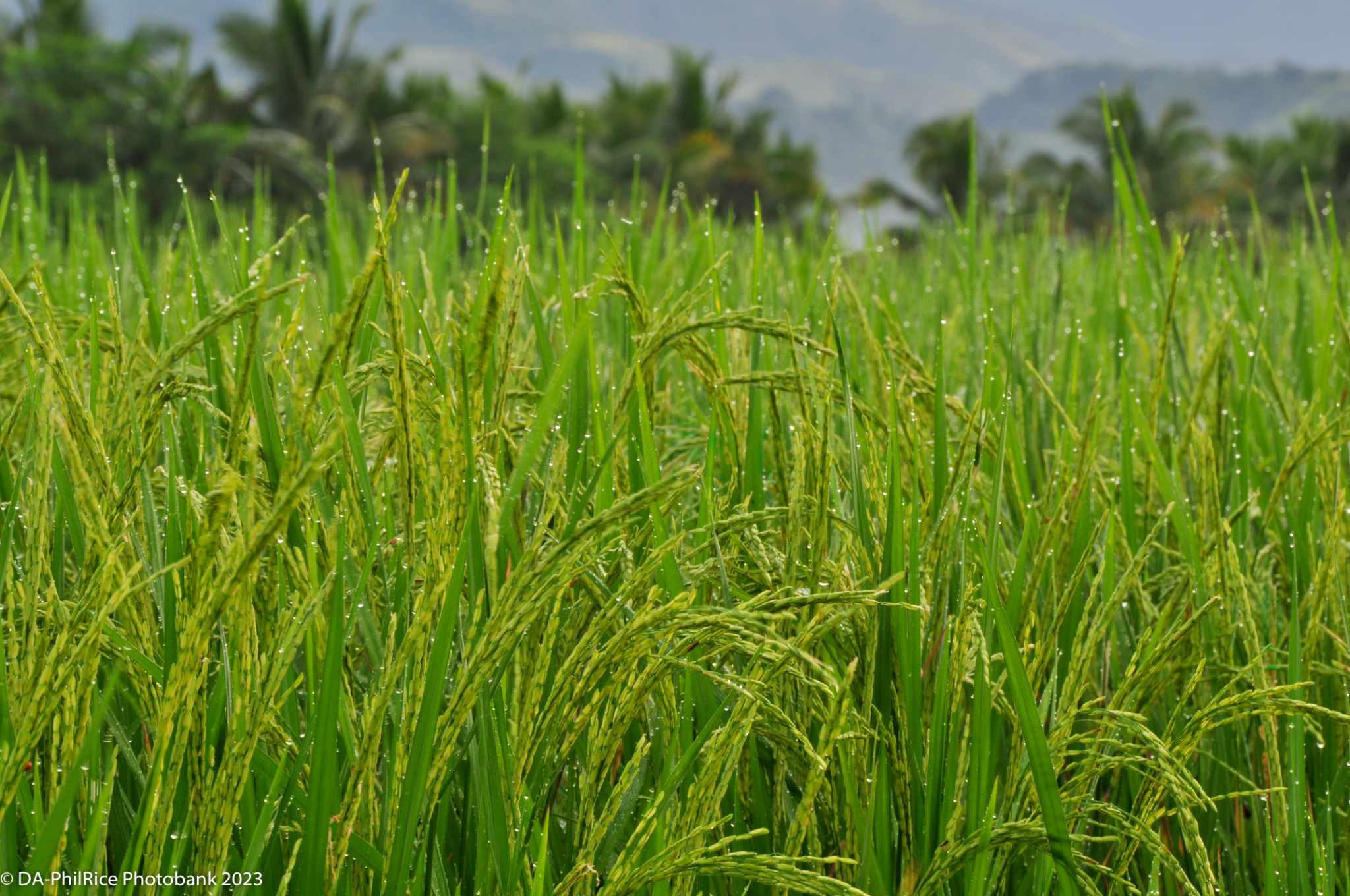
The Philippine agriculture sector is steadily advancing, driven by the Department of Agriculture’s (DA) research-for-development (R4D) initiatives, particularly through the Philippine Rice Research Institute (PhilRice).
These initiatives are crucial in addressing the challenges posed by climate change, food security, and public health, while boosting productivity and resilience in the country’s agricultural systems.
Through PhilRice, the DA has introduced climate-resilient rice varieties, cost-efficient technologies, and sustainable farming systems, contributing to record-breaking harvests in 2023 and possibly in 2025. These innovations not only help farmers mitigate the effects of climate change but also provide solutions for more sustainable and productive agriculture.
One of the key breakthroughs has been the development of rice varieties that can thrive under multiple extreme conditions.
For instance, the NSIC Rc 572 variety yields 2.8 to 4.5 tons per hectare (t/ha) in rainfed conditions and performs well in drought-prone and saline areas. Similarly, the NSIC Rc 732 variety is tolerant of drought, salinity, and submergence, with yields ranging from 4.4 to 6.9 t/ha in saline environments. Other varieties like NSIC Rc 686 and Rc 740 combine drought, submergence, and salinity tolerance, with yields reaching up to 6.1 t/ha in irrigated conditions.
“These varieties, which endure multiple extreme conditions, are game-changers for our farmers. They ensure that even with climate unpredictability, our farms remain resilient and productive,” said Dr. Eduardo Jimmy P. Quilang, PhilRice deputy executive director for research.
In addition to climate-resilient rice, PhilRice and IRRI also developed low-glycemic rice varieties, such as NSIC Rc 472, PSB Rc 10, and Rc 514, offering healthier alternatives for individuals managing diabetes.
Diabetes is the fourth leading cause of death in the Philippines, making these varieties an important step toward addressing public health concerns.
Furthermore, in collaboration with the International Rice Research Institute (IRRI), PhilRice has developed iron- and zinc-rich rice varieties, such as Rc 760SR, Rc 762SR, and Rc 764SR. These varieties have demonstrated impressive yields of up to 6.99 t/ha during the dry season, significantly surpassing the 2023 national average yield of 4.17 t/ha.
In addition to providing higher yields, these rice varieties also contribute 30% of the Estimated Average Requirement (EAR) for iron and 40% for zinc, addressing micronutrient deficiencies in the population.
On the technology front, PhilRice has introduced machinery like the Multi-purpose Seeder, which reduces seeding rates to just 60 kilograms per hectare (kg/ha), less than half the traditional seeding rate. The Philippine Rice Information System (PRiSM), Southeast Asia’s first satellite-based rice monitoring system, provides near real-time data, enhancing disaster response and farm resource planning.
Another key initiative is the Palayamanan integrated farming system, which diversifies income streams and enhances sustainability. This system incorporates practices such as rice-duck-vegetable farming and biomass recovery, helping farmers cope with both environmental and market fluctuations.
These R4D efforts contributed to the Philippines’ record-breaking rice harvest of 20.05 million metric tons (MMT) in 2023, the highest in the country’s history. This marked a significant increase from 19.3 MMT in 2020 and 19.96 MMT in 2021, signaling the success of the government’s initiatives.
The Rice Competitiveness Enhancement Fund (RCEF) Seed Program has further boosted rice yields, increasing average dry-season production by 21% to 4.36 t/ha and wet-season yields by 9% to 4.03 t/ha. The program has benefited over 1.2 million farmers nationwide, enhancing their productivity and income.
Beyond national achievements, the DA’s efforts are gaining international recognition.
PhilRice research publications were cited in 53 countries as of 2022, underscoring the global impact of the country’s agricultural innovations.
“This shows that DA not only participates but also leads in global discussions on rice,” Quilang added, highlighting the Philippines’ growing influence in agricultural research and development.
With such innovative solutions addressing various challenges, experts stress the need for continued and increased investment in R4D. This investment is essential to ensure the resilience, sustainability, and competitiveness of Philippine agriculture in the face of climate change, food security concerns, and an increasingly globalized market.
In sum, the DA’s R4D initiatives, spearheaded by PhilRice, are proving to be a cornerstone in advancing the agricultural sector. With sustained focus on research, technology, and farmer welfare, the Philippines is on a path toward securing a more resilient, sustainable, and productive future for its agricultural industry. ### (text and photo by DA-PhilRice)






